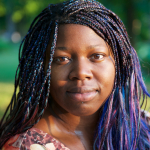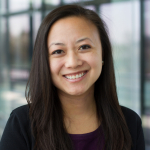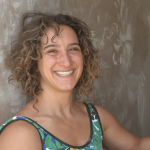
Yetunde Janski-Ogunfidodo
Pick Your Left Foot Up When Your Right Foot’s Down: My Story of Navigating Life through the Arts
Posted by May 09, 2019

Yetunde Janski-Ogunfidodo
I was born and raised in West Philadelphia. Yes … like the song. On the day I was born, my Nigerian pharmacist turned American accountant father, my US-born IRS specialist sometimes saleswoman mother, and my then-teenage and new to the US sister gave me names—a hospital-room nod to traditional Yoruba naming ceremonies. One of my many names, Abiola, roughly indicates a child that brings wealth and honor, and my parents always treated me as though I could. Growing up, I was in and out of braces and the hospital, stood out physically, and was top of the class. Elementary school was rough. Still, I saw every new encounter as a potential friendship and had an insatiable desire to learn and create—which my parents fostered. When I’d say as a child that I wanted to be a writer, dancer, artist, and veterinarian, they’d say “ok.” At school, I was whatever label peers landed on for the day, but in our home, I was a writer, sculptor, dancer, singer, researcher, and more.
Read More










